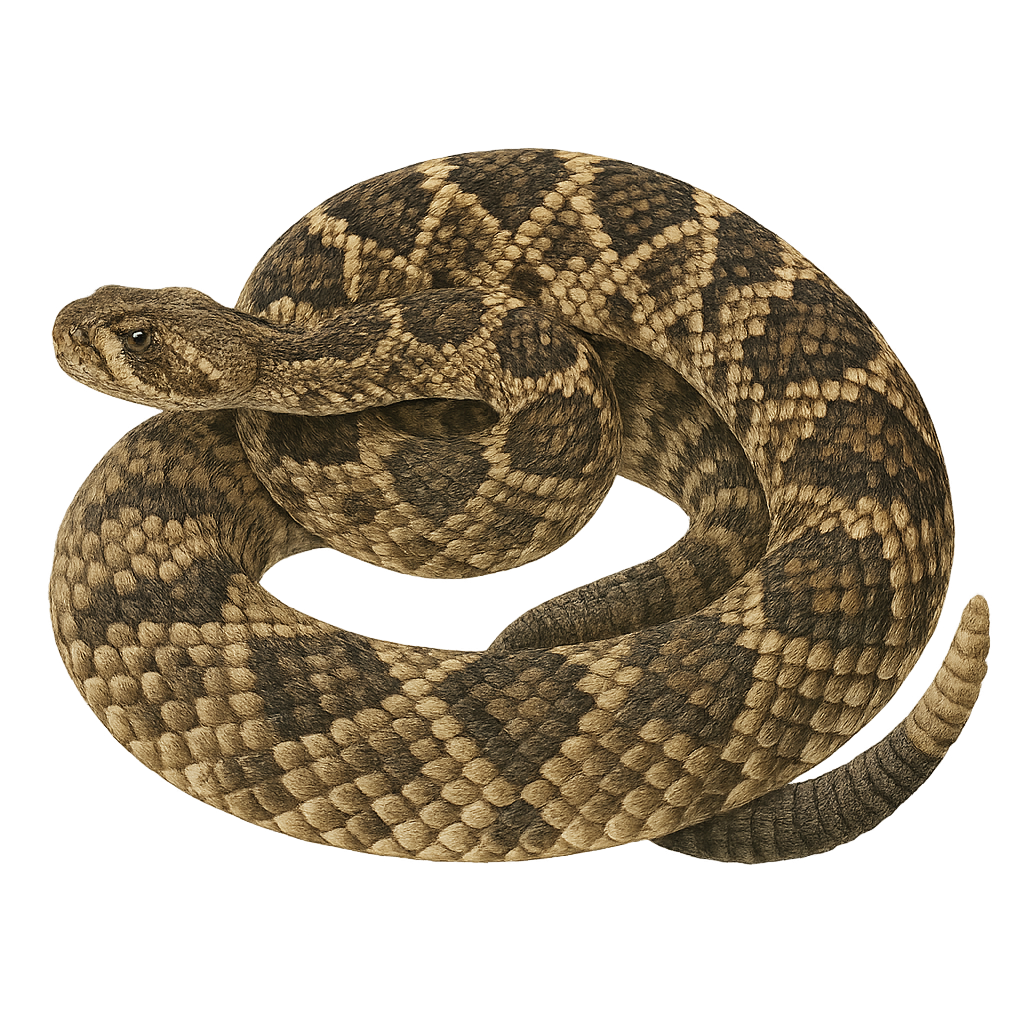Your wildlife photography guide.
Explore the eastern diamondback rattlesnake in detail, study its behavior, prepare your shots.
Where to observe and photograph the eastern diamondback rattlesnake in the wild
Learn where and when to spot the eastern diamondback rattlesnake in the wild, how to identify the species based on distinctive features, and what natural environments it inhabits. The WildlifePhotographer app offers tailored photography tips that reflect the eastern diamondback rattlesnake’s behavior, helping you capture better wildlife images. Explore the full species profile for key information including description, habitat, active periods, and approach techniques.
Eastern Diamondback Rattlesnake
Scientific name: Crotalus adamanteus

IUCN Status: Least Concern
Family: VIPERIDAE
Group: Reptiles
Sensitivity to human approach: Very shy
Minimum approach distance: 5 m
Reproduction period: April to May
Incubation: 120–180 jours
Births: April to May
Habitat:
Pine forests, marshes, coastal prairies
Activity period :
Mainly active at night, generally discreet during the day.
Identification and description:
The Eastern Diamondback Rattlesnake, Crotalus adamanteus, is the largest rattlesnake species in North America, reaching lengths of up to 2.4 meters. It is easily identified by its distinctive diamond-shaped patterns along its back. This venomous snake primarily inhabits pine forests, marshes, and coastal prairies in the southeastern United States. Although feared for its potentially deadly bite, it is generally reclusive and avoids human encounters. Its coloration provides excellent camouflage in its natural habitat. The Eastern Diamondback plays a crucial role in the ecosystem by controlling small mammal populations.
Recommended lens:
400 mm – adjust based on distance, desired framing (portrait or habitat), and approach conditions.
Photography tips:
When photographing the Crotalus adamanteus, it is crucial to maintain a safe distance of at least 5 meters. Use a telephoto lens of 400 mm or more to capture detailed images without disturbing the animal. Look for sunny spots where the snake might bask, especially in the morning. Be attentive to movements and sounds, as the snake can be well camouflaged. Patience is key; wait for the snake to move naturally to capture dynamic shots.
The WildlifePhotographer App is coming soon!
Be the first to explore the best nature spots, track rutting seasons, log your observations, and observe more wildlife.
Already 1 449 wildlife lovers subscribed worldwide

